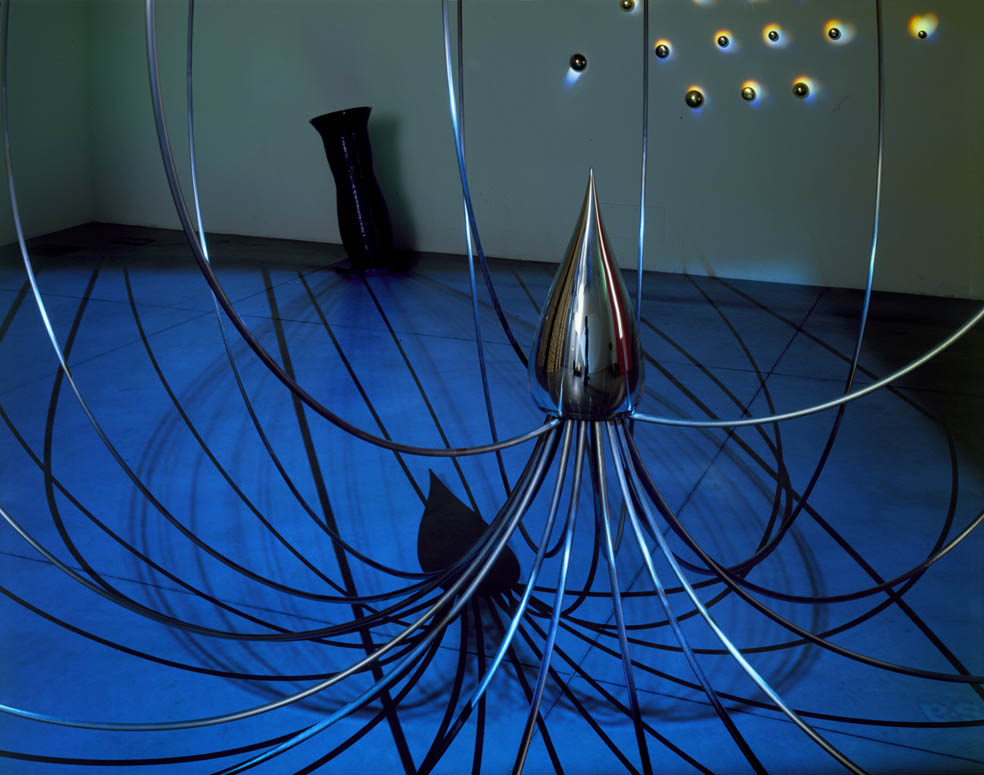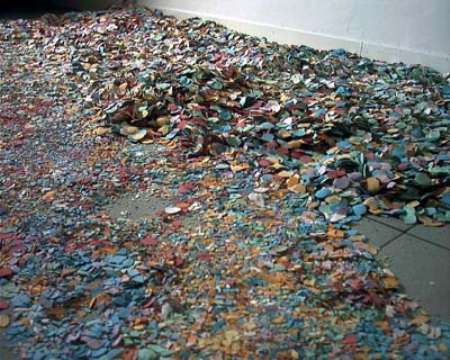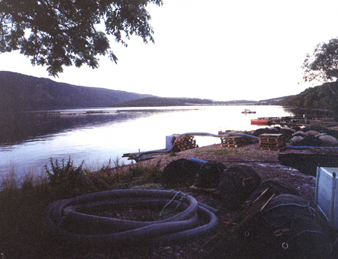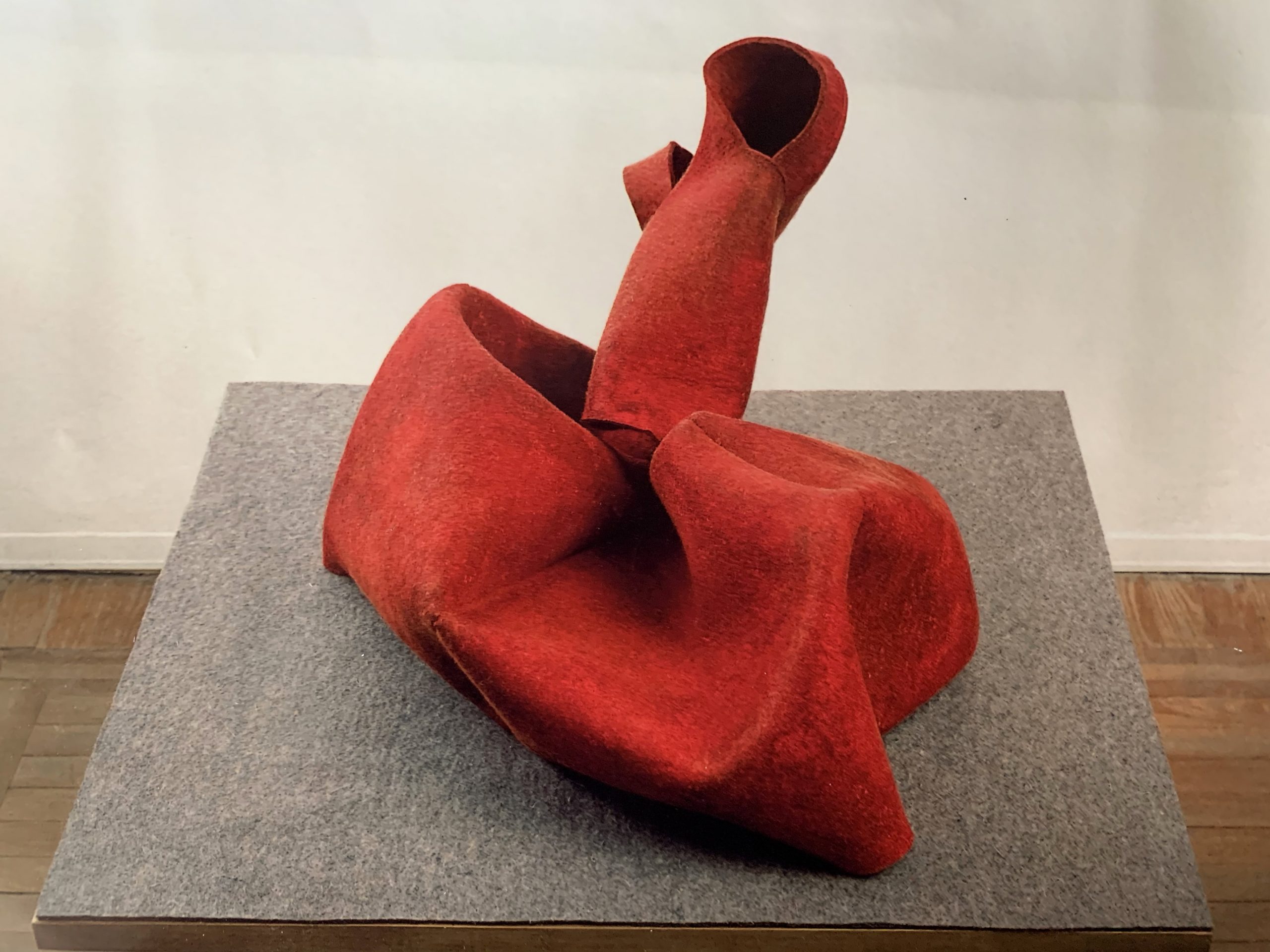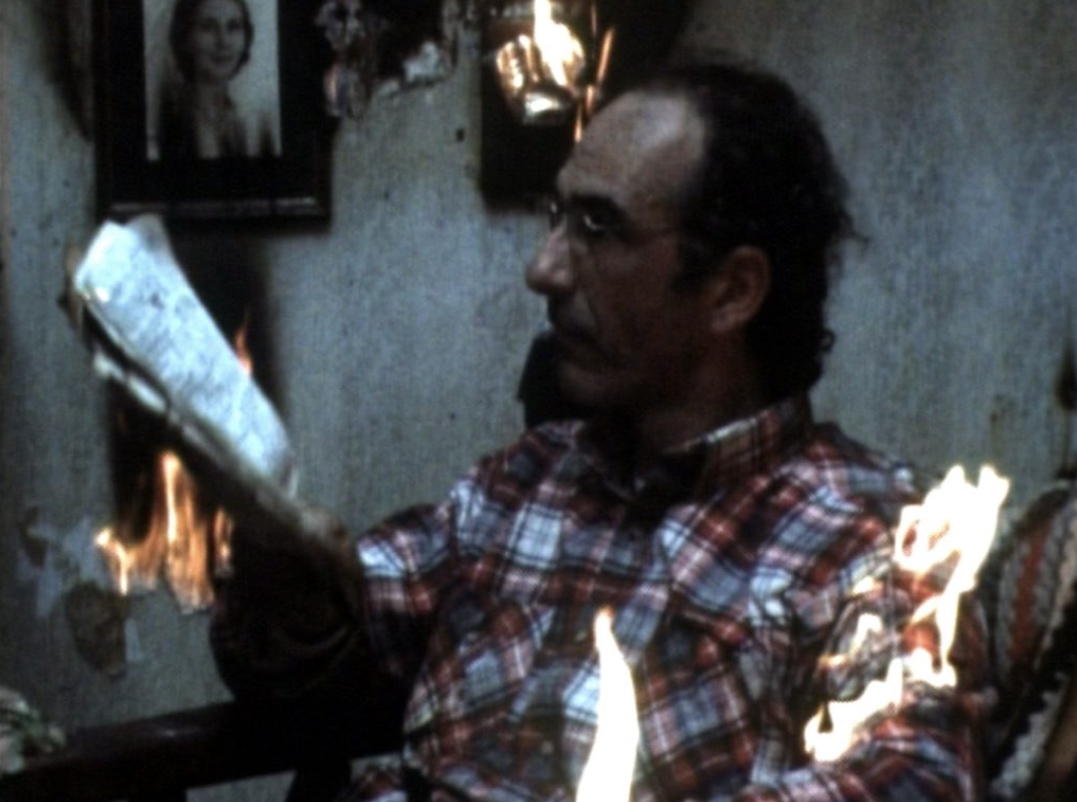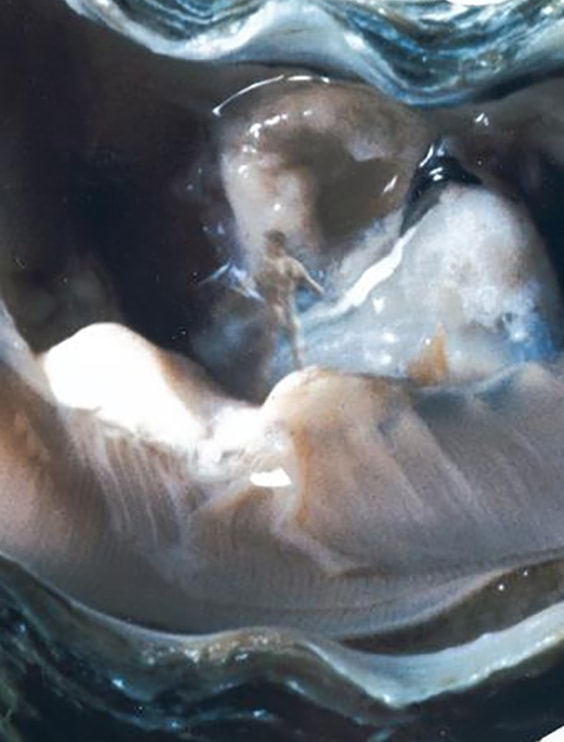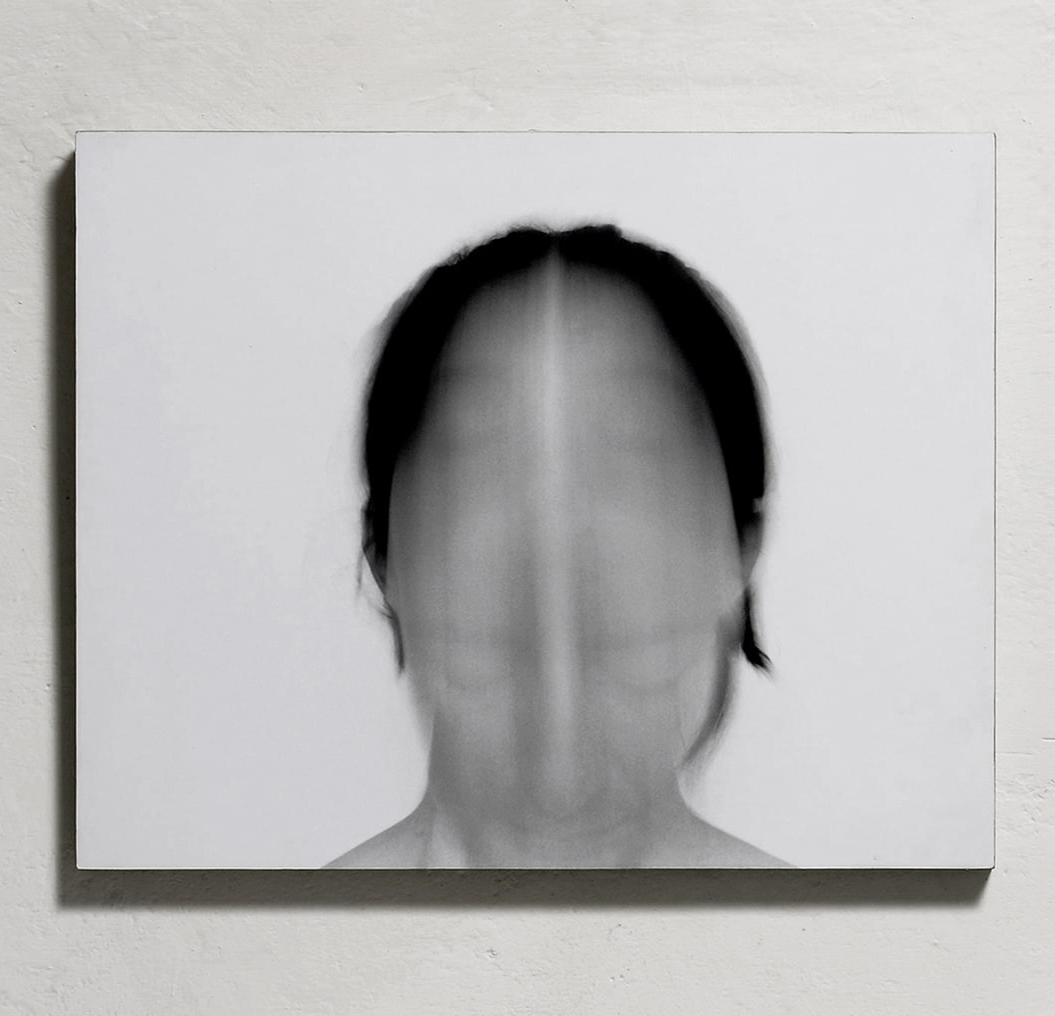TOMMI GRÖNLUND / PETTERI NISUNEN, Orbita, 2005
TOMMI GRÖNLUND E PETTERI NISUNENOrbita “Orbita” installation consists of a stainless steel ball 40 cm of diameter slowly moving around circular stainless steel tracks 8 m of diameter. In the centre point of the tracks there is a single light bulb, the only light in the space, which casts a shadow of the moving ball to the surrounding walls. The sound of the rolling ball is picked up with contact

